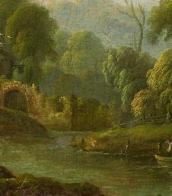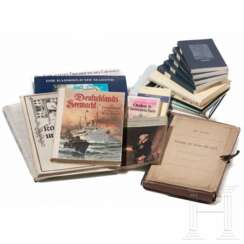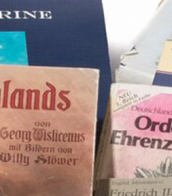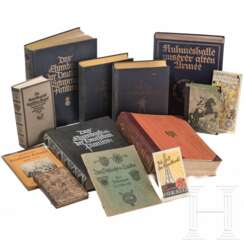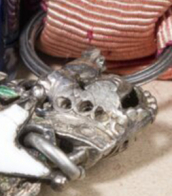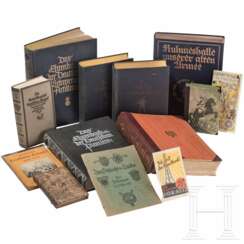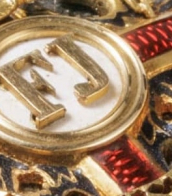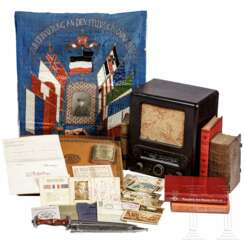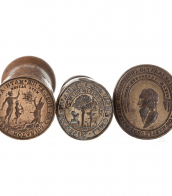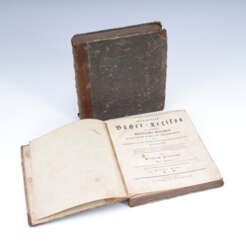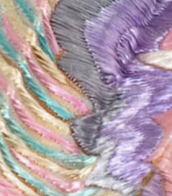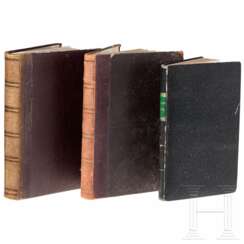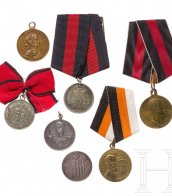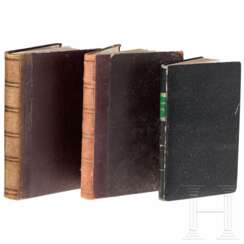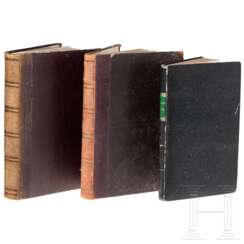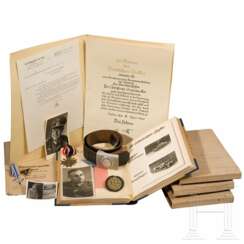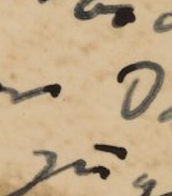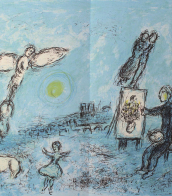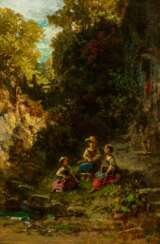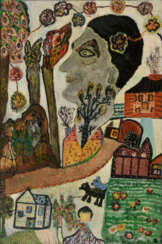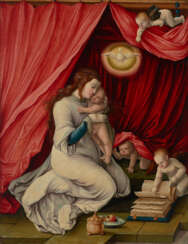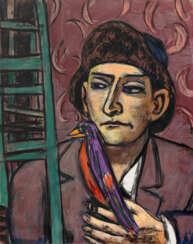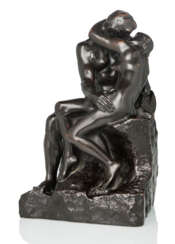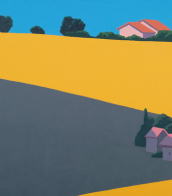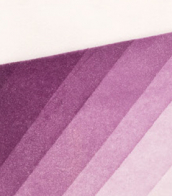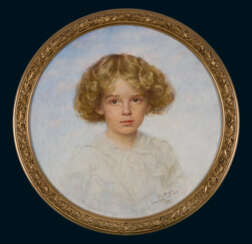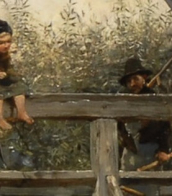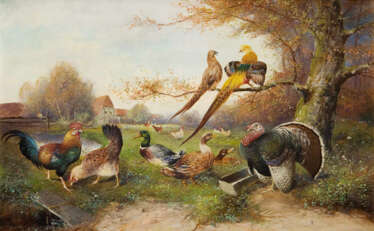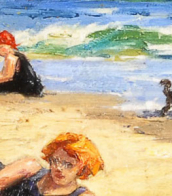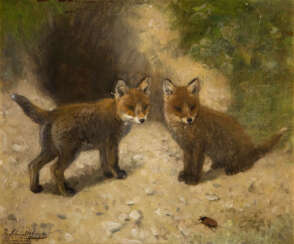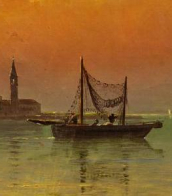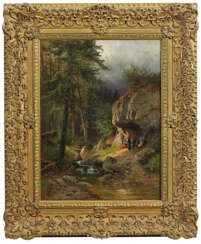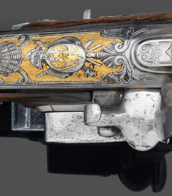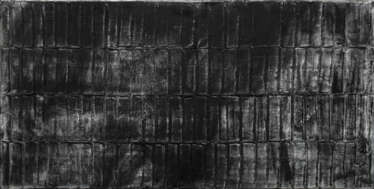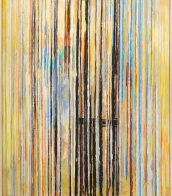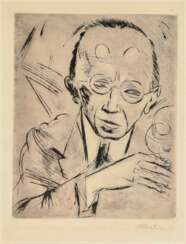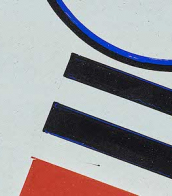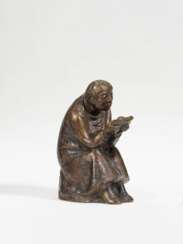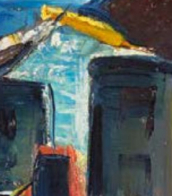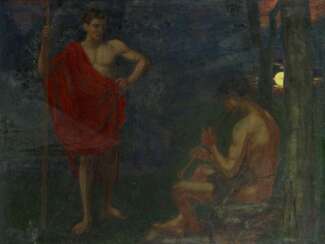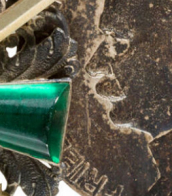literatur deutschland allgemein
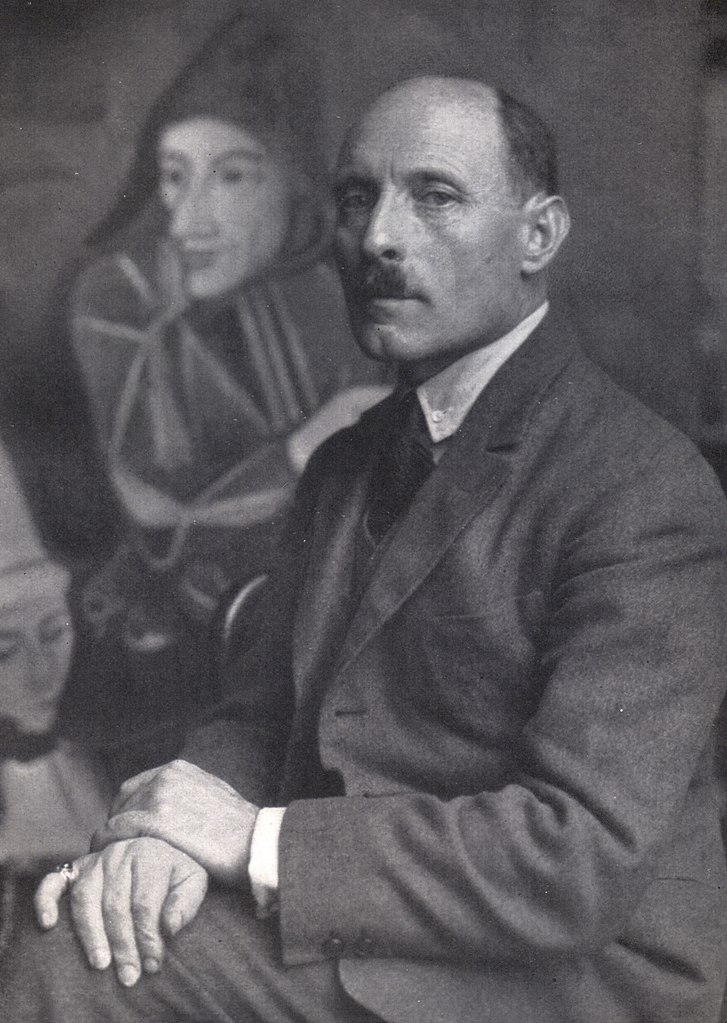
Karl Hofer was a German expressionist painter. He was director of the Berlin Academy of Fine Arts.
One of the most prominent painters of expressionism, he never was a member of one of the expressionist painting groups, like "Die Brücke", but was influenced by their painters. His work was among those considered degenerate art by the Nazis, but after World War II he regained recognition as one of the leading German painters.

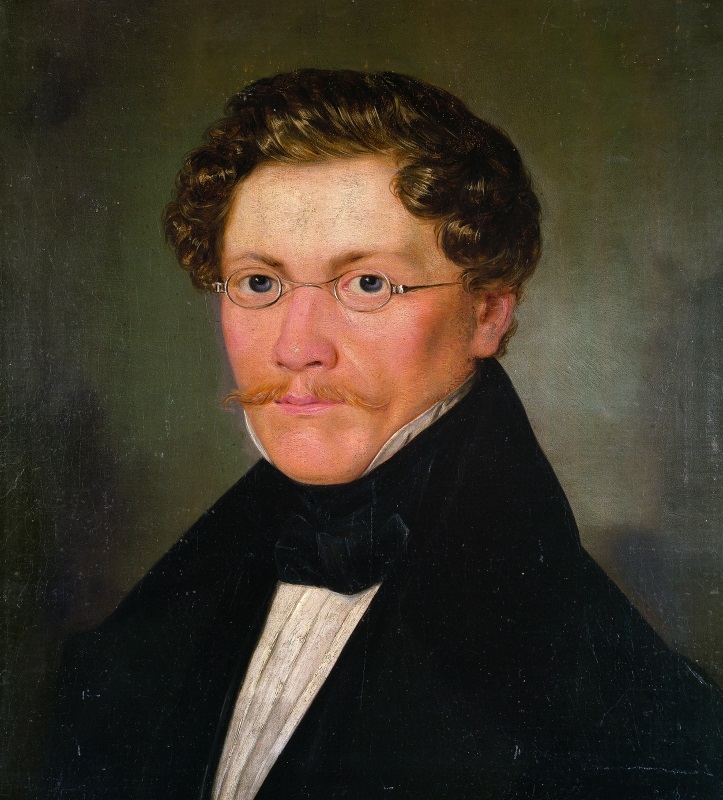
Carl Spitzweg was a German romanticist painter, especially of genre subjects. He is considered to be one of the most important artists of the Biedermeier era.

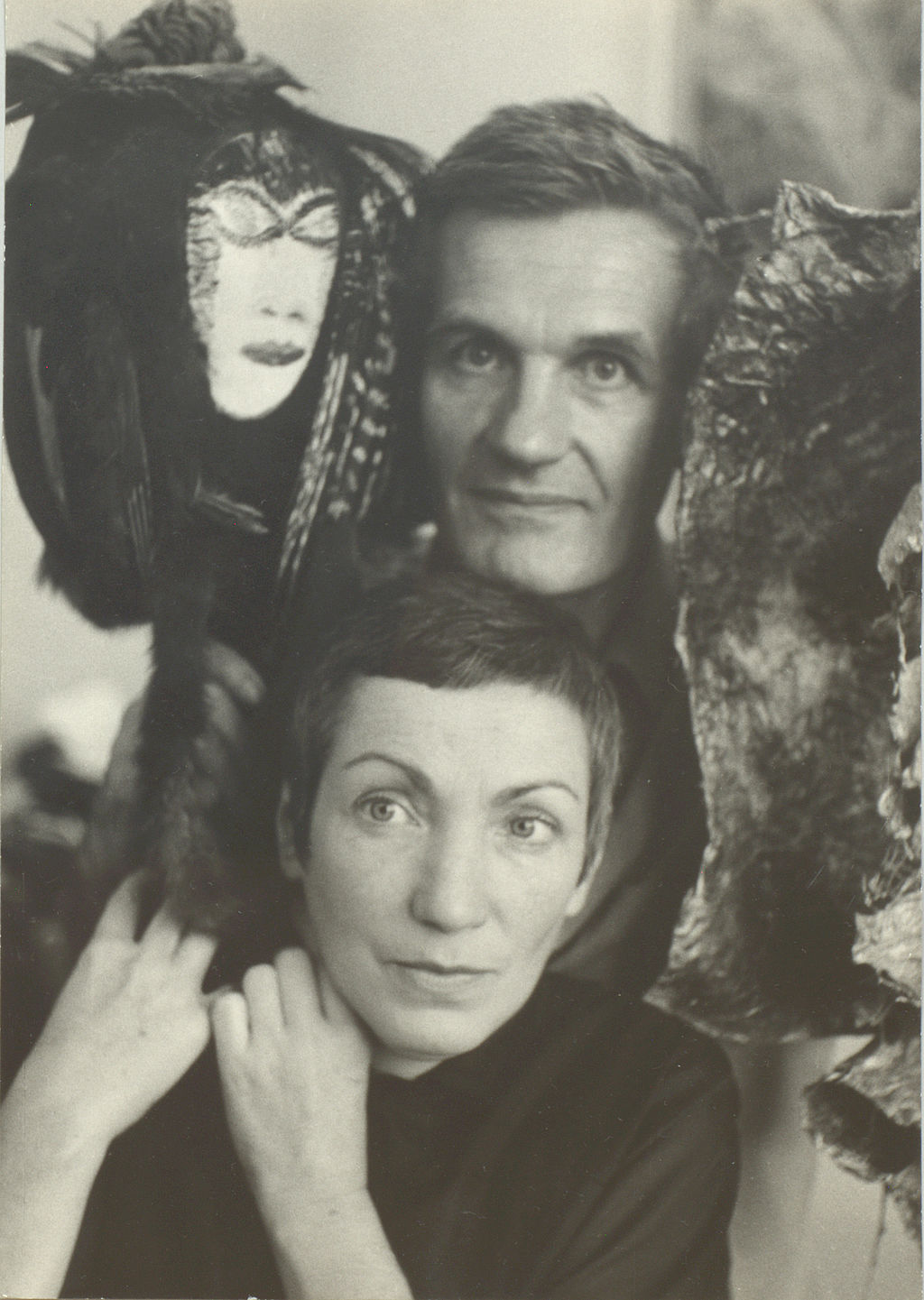
Ursula Schultze-Bluhm was a German painter.


Lovis Corinth was a German artist and writer whose mature work as a painter and printmaker realized a synthesis of impressionism and expressionism.
Corinth studied in Paris and Munich, joined the Berlin Secession group, later succeeding Max Liebermann as the group's president. His early work was naturalistic in approach. Corinth was initially antagonistic towards the expressionist movement, but after a stroke in 1911 his style loosened and took on many expressionistic qualities. His use of color became more vibrant, and he created portraits and landscapes of extraordinary vitality and power. Corinth's subject matter also included nudes and biblical scenes.

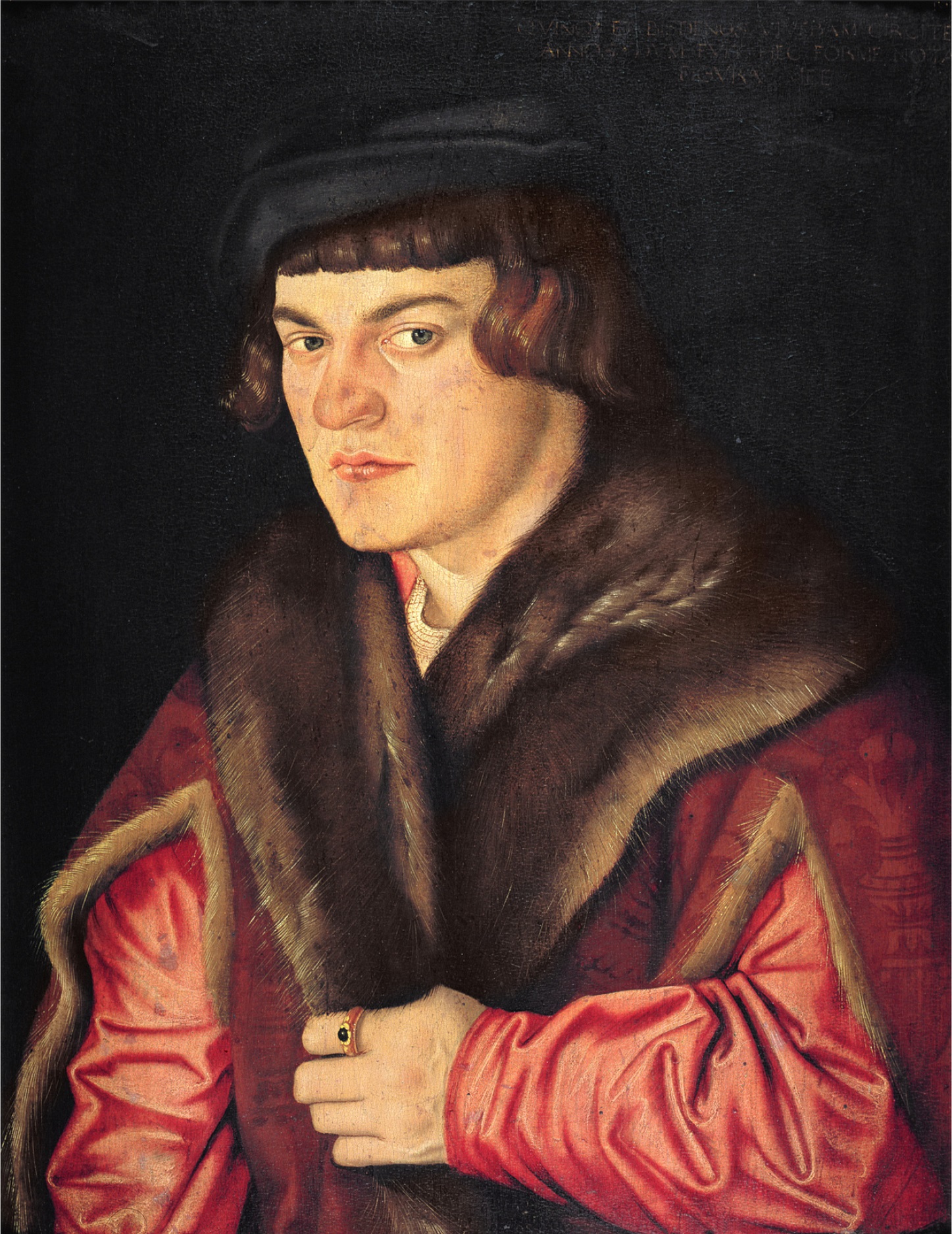
Hans Baldung, also known as Hans Baldung Grien, was a prominent figure in the German Renaissance, celebrated for his innovative approach to painting, printmaking, and drawing. Born around 1484 in Schwäbisch Gmünd, Germany, and passing away in 1545 in Strasbourg, France, Baldung's career was marked by a distinctive style that art historians have associated with the mannerist tendencies of the time. His work is notable for its exploration of themes such as the imminence of death, the complexities of human sexuality, and scenes of witchcraft, distinguishing him from his contemporaries with a bold and unique artistic voice.
Educated in the workshop of Albrecht Dürer, Baldung quickly developed his own artistic language, absorbing and then transcending Dürer's influence. He is particularly renowned for his altarpieces, portraits, and a series of works that delve into eroticism and the supernatural. Among his most significant contributions is the high altar of the Freiburg Münster, an eleven-panel masterpiece depicting scenes from the life of the Virgin Mary, which remains a testament to his mastery over religious subjects even as he ventured into more secular and profane themes.
Baldung's fascination with witchcraft and his portrayal of witches in art were groundbreaking for the time. His works in this area, such as "The Witches' Sabbath" and "Weather Witches," reveal a complex interplay of humanist thought, classical literature, and contemporary beliefs about witchcraft. They offer a nuanced perspective that blends satire with a deeper commentary on human nature and societal fears, marking Baldung as a pioneer in the visual exploration of these themes.
Despite his engagement with the themes of death and witchcraft, Baldung's oeuvre is also rich in portraits characterized by sharp individualization and psychological depth, as well as altarpieces that convey a profound spiritual and theological insight. His ability to navigate between the realms of the divine and the earthly, the solemn and the profane, solidifies his position as a versatile and innovative artist of the Renaissance.
For collectors and experts in art and antiques, Hans Baldung's work offers a unique window into the confluence of Renaissance artistry, humanist thought, and the socio-religious dynamics of early 16th-century Europe. His paintings and prints not only adorn museums and galleries worldwide but also continue to inspire and provoke deep reflection on the human condition.
To stay informed about new discoveries, exhibitions, and auction events related to Hans Baldung's art, signing up for updates can provide enthusiasts and collectors with valuable insights into the enduring legacy of this remarkable artist. This subscription service is designed to alert subscribers to new product sales and auction events specifically related to Hans Baldung, ensuring that they remain at the forefront of developments in the field of Renaissance art and antiques.


Max Beckmann, a German painter, printmaker, sculptor, and writer, stood out in the early 20th century for his profound contributions to modern art. Beckmann's career spanned a tumultuous period in history, deeply influencing his thematic and stylistic choices. Unlike many of his contemporaries who embraced non-representational painting, Max Beckmann persisted with and evolved the tradition of figurative painting, drawing inspiration from a wide array of artists spanning from Cézanne and Van Gogh to medieval masters like Bosch and Bruegel.
Max Beckmann's experiences, particularly those related to the World Wars, significantly shaped his work. Following Adolf Hitler's rise to power and the subsequent condemnation of modern art as "degenerate," Beckmann fled Germany, spending a decade in self-imposed exile in Amsterdam before eventually relocating to the United States. His art from this period, especially his large triptychs, is considered some of his most potent, offering a stark reflection on humanity and the chaos of the times.
One of Max Beckmann's most personally allegorical works, "Beginning" (1949), encapsulates his knack for blending real and imagined elements from his life to comment on the broader human condition. This piece, alongside others, underscores Beckmann's enduring fascination with the existential struggles modern society faces, teetering between desire and societal roles.
Max Beckmann's legacy is cemented not just by his unique approach to modernism but also by his influence on subsequent generations of artists, particularly in the United States, where he spent his final years teaching and working. Despite a path that often diverged from the mainstream narratives of art history, Beckmann's work continues to resonate, housed in prestigious institutions like The Museum of Modern Art and The Metropolitan Museum of Art in New York.
For collectors and experts in art and antiques, Max Beckmann's oeuvre offers a compelling exploration of 20th-century art and history. To stay informed about new discoveries, sales, and auction events related to Max Beckmann, consider signing up for updates. This subscription ensures access to the latest opportunities to engage with the work of one of modernism's most individual voices.

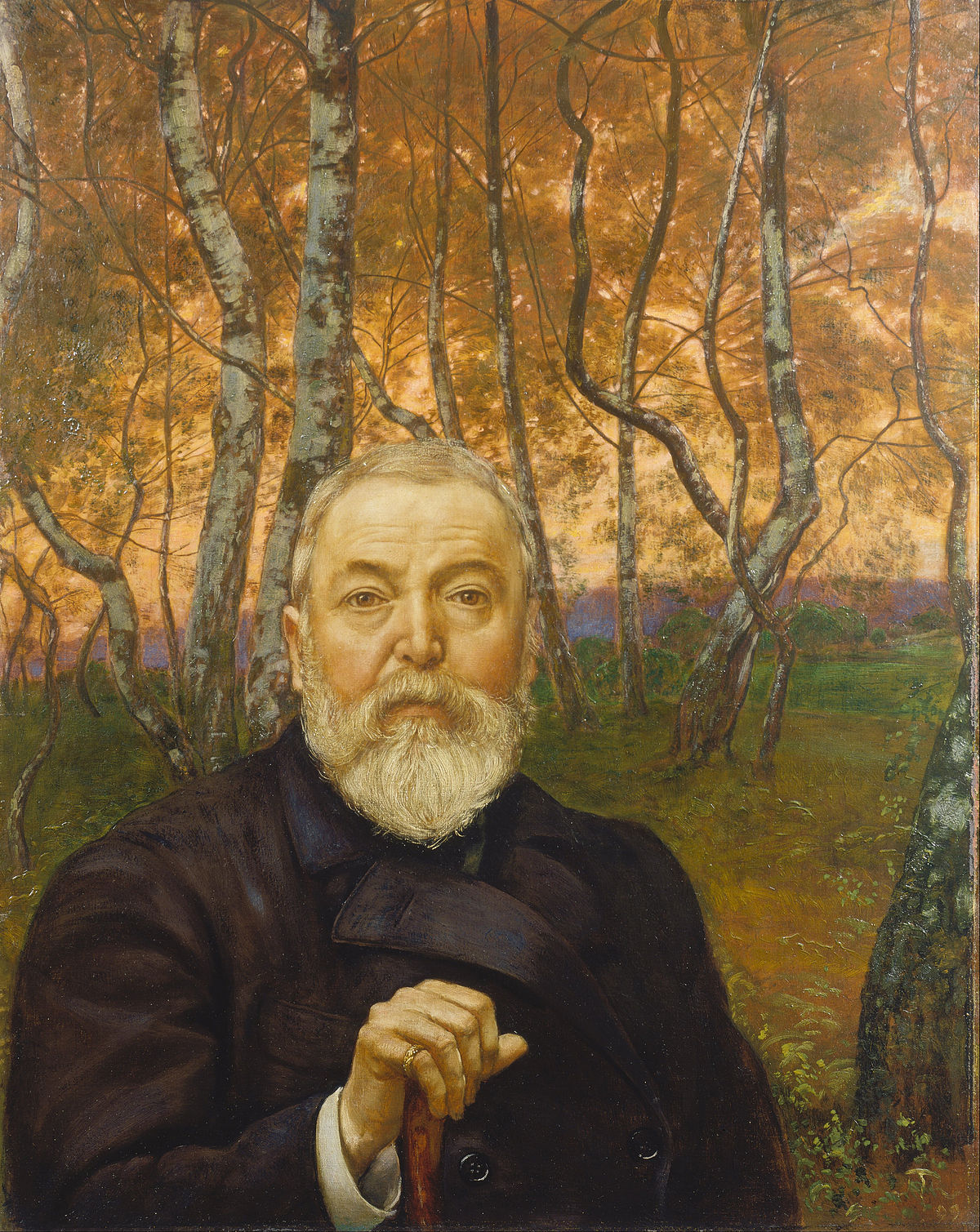
Hans Thoma was a German painter.
In spite of his studies under various masters, his art has little in common with modern ideas, and is formed partly by his early impressions of the simple idyllic life of his native district, partly by his sympathy with the early German masters, particularly with Albrecht Altdorfer and Lucas Cranach the Elder. In his love of the details of nature, in his precise drawing of outline, and in his predilection for local coloring, he has distinct affinities with the Pre-Raphaelites.
